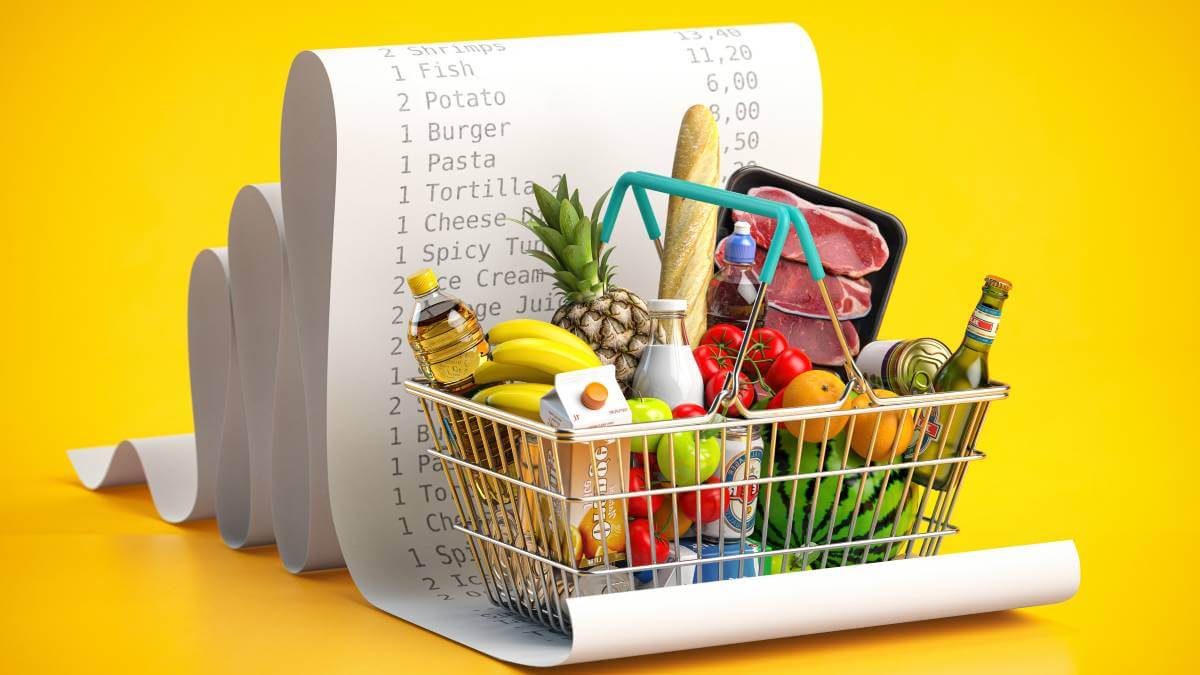The monthly Consumer Price Index (CPI) figures have been released and to no-one’s surprise, housing costs are in the top 10 of things we are spending more on.
The Australian Bureau of Statistics (ABS) released its monthly CPI yesterday, reporting that it rose 3.4 per cent in the 12 months to January. CPI has remained steady in the past month.
The CPI figures reveal rents have increased 7.4 per cent in the month to 24 January. This is on the back of CPI increases of 7.1 per cent for November and 7.4 per cent for December, which the ABS said reflected strong demand for rental properties.
The ABS said new dwelling prices rose 4.8 per cent in the 12 months to January, down from 5.1 per cent in December.
“The rate of price growth continues to slow and remains low compared to levels recorded over 2022, reflecting improvements in the supply of materials and subdued new demand,” the report stated.
Ciggies up in smoke
Don’t take up smoking, and if you already smoke, give it up. The biggest increase was for tobacco, which rose by 10.7 per cent.
Other big increases were recorded for bread and cereal products, which went up by 7.4 per cent. And you are not imagining it, insurance costs have gone up, with insurance and financial services increasing by 8.2 per cent.
Also showing some strong growth were food products, up 6.9 per cent; dairy, up 5 per cent; alcohol, up 4.5 per cent and education, up 4.4 per cent. Meals out and takeaway also contributed to strong growth in this sector, with a 5.7 per cent increase.
It’s not all bad news; a few items in the CPI basket fell. It might be time to book some time off as holiday travel and accommodation fell 7.1 per cent. This reflects the usual post-Christmas drop-off in demand.
“Airfare prices are coming off record high levels in late 2022, following a surge in demand in response to the lifting of COVID-19 restrictions,” the report stated.
Seafood and meat fell 2 per cent due in part to collapsing saleyard prices as many farmers destocked in anticipation of deteriorating weather conditions.
Energy relief
The only other two falls were gas and other household fuels, down 1.4 per cent and recreation and culture, down 1.7 per cent.
Electricity prices had a small increase of 0.8 per cent. The ABS said the Energy Bill Relief Fund rebates introduced in July 2023 moderated the increase in electricity bills for households across Australia.
“Excluding the Energy Bill Relief Fund rebates, electricity prices would have increased 15.3 per cent in the 12 months to January 2024,” the CPI report stated.
Automotive fuel prices have recorded four consecutive monthly falls as global oil prices have eased. Automotive fuel prices rose 3.1 per cent in the 12 months to January, down from a rise of 5.3 per cent in December.
How does the CPI work?
In Australia, the CPI is calculated by the ABS. To calculate the CPI, the ABS collects prices for thousands of items, which are grouped into 87 categories (or expenditure classes) and 11 groups. Every quarter, the ABS calculates the price changes of each item from the previous quarter and aggregates them to work out the inflation rate for the entire CPI basket.
Do you think this accurately reflects the cost of living? Why not share your opinion in the comments section below?
Also read: CPI informs many government decisions, but is it still accurate?


I don’t know if anyone still believes these “official” figures. The reality looks different. A recent study just found that our food prices went up over 50% in three years and that’s a more realistic figure. Just went to buy my usual mineral supplements, and they went up since last October from $ 174 to $ 216. These price rises are more in line with reality – unfortunately!
As a regular supermarket shopper I have noticed that the “lesser known” products have increased substantially, probably to cover the “down, down, down,” prices.
As an example the washing powder I use used to be $20 a box, it is now $26 a box – a 30% increase. How can such an inane product increase by 30%!